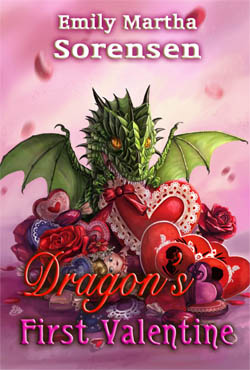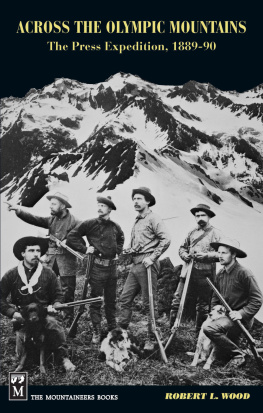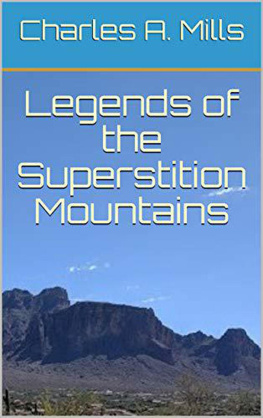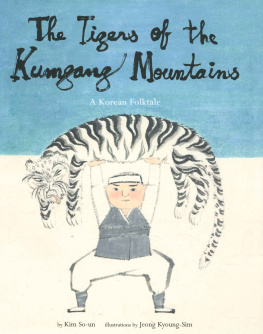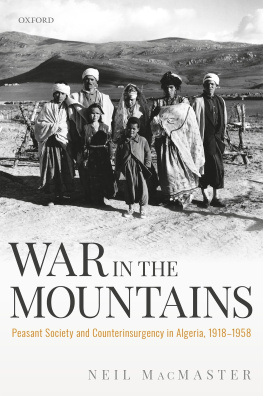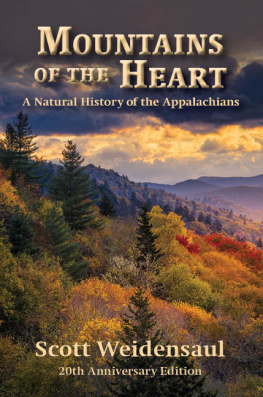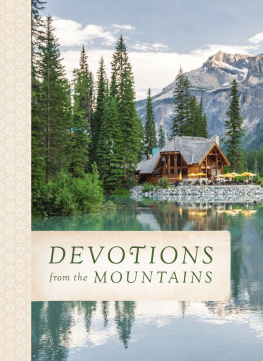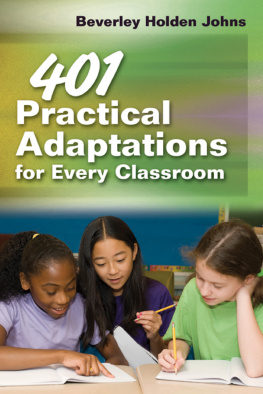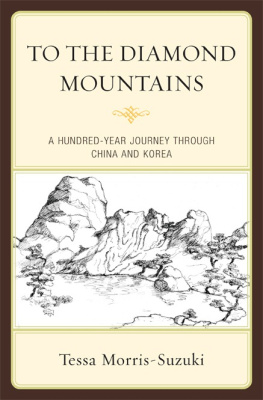Korean Studies of the Henry M. Jackson School of International Studies
CLARK W. SORENSEN, EDITOR
Over the Mountains Are Mountains: Korean Peasant Households and Their Adaptations to Rapid Industrialization by Clark W. Sorensen
Cultural Nationalism in Colonial Korea, 19201925 by Michael Edson Robinson
Offspring of Empire: The Kochang Kims and the Colonial Origins of Korean Capitalism, 18761945 by Carter J. Eckert
Confucian Statecraft and Korean Institutions: Yu Hyngwn and the Late Chosn Dynasty by James B. Palais
Peasant Protest and Social Change in Colonial Korea by Gi-Wook Shin
The Origins of the Chosn Dynasty by John B. Duncan
Protestantism and Politics in Korea by Chung-shin Park
Marginality and Subversion in Korea: The Hong Kyngnae Rebellion of 1812 by Sun Joo Kim
Building Ships, Building a Nation: Korea's Democratic Unionism under Park Chung Hee by Hwasook Nam
Japanese Assimilation Policies in Colonial Korea by Mark Caprio
Fighting for the Enemy: Koreans in Japan's War, 19371945, by Brandon Palmer
This publication was supported in part by the Korea Studies Program of the University of Washington in cooperation with the Henry M. Jackson School of International Studies.
1988 by the University of Washington Press
First paperback edition, with a new Preface by the author
2013 by the University of Washington Press
Printed and bound in the United States of America
16 15 14 13 5 4 3 2 1
All rights reserved. No part of this publication may be reproduced or transmitted in any form or by any means, electronic or mechanical, including photocopy, recording, or any information storage or retrieval system, without permission in writing from the publisher.
UNIVERSITY OF WASHINGTON PRESS
PO Box 50096, Seattle, WA 98145, USA
www.washington.edu/uwpress
LIBRARY OF CONGRESS CATALOGING-IN-PUBLICATION DATA
ISBN 978-0-295-992765-1
Complete cataloguing information for this title is available from the Library of Congress.
The paper used in this publication is acid-free and meets the minimum requirements of American National Standard for Information SciencesPermanence of Paper for Printed Library Materials, ANSI Z39.481984.
ISBN-13: 978-0-295-80465-1 (electronic)
Preface to the Paperback Edition
In the 1970s and 1980s, I used to allow six hours for the one-way trip from Seoul to Sangongni: an hour to get to the chngnyangni train station, buy the ticket, and board the train; two hours and twenty minutes on the train to Chunchn; a thirty-to-forty-minute wait in the Chunchn bus station; another hour on the slow country bus on bumpy, unpaved roads to Fishplay Shore; and then an hour walking over Tang Kogae Pass to Sangongni itself. I had to leave Seoul no later than 11:00 AM or risk walking over the mountain pass in the dark.
In a return trip in 2012, I checked the Internet for the direct bus to San'gok Mountain. Boarding the bus at the Kangbyn terminal at 2:25 in the afternoon, I sped up the Kangwn Freeway [kosok toro] through tunnel after tunnel, exiting to proceed by smooth, paved highway through the mountains to Broadmart, the local market town. I noticed the huge, new, two-story school there as we headed toward Fishplay Shore, the old jumping-off place for the village of Sangongni. I was surprised when the bus passed the large parking lot with its concession stands serving river and mountain visitors on the Fishplay side of the river and went straight across the bridge to drop me offless than an hour after departureat the foot of the mountain at a vaguely Swiss-looking hotel and shop labeled San'gok Mountain House. I could have ridden all the way into the village and been dropped off in the middle of Big Hamlet, where I had lived in the 1970s and 80s, but for old times sake, I wanted to disembark at the foot of the mountain and walk into the village over Tang Kogae, something I hadn't done for twenty-plus years.

Crossing the pass in 2012 wasn't the same as in 1976, 1977, or 1983, of course. Cars and trucks whizzed by me at forty and fifty miles an hour as I trudged alone up the wide, paved road over the pass. The traditional terraced rice fields were no longer in use, replaced by a succession of restaurants, shops advertising rental skis and boards, and hostels built in a variety of national styles, from French Swiss to ultra-modern to traditional Korean. When I reached the top of the pass, the view of the village took my breath away. To my left, I could view a five- to six-story Italianate pension, and while to my right Big Hamlet was recognizable, a dozen or so two- and three-story commercial buildings stuck out. Welcome to the ski gateway and river resort village of Sangongni!
My Japanese colleague It Abito had joked with me just two weeks earlier, when I mentioned my plans to visit Sangongni, that I would have to rename this book San nm apat ittaOver the mountains are apartments. We had a good laugh; I never dreamed it would be true. Now, however, I had to face up to what Koreans call a new heaven and earthsinchnji.
Walking into the heart of the village, I oriented myself only with difficulty, but eventually I encountered some villagers, introduced myself, and was able to chat. The local dialect started coming back. One man had been a child when I lived in the village, and he remembered me. I asked about my former host family, since I couldn't find their house. Their old house had burned down. They were now living in a new brick house with hot and cold running water and indoor plumbing, next to the bus stop. When I mentioned the pensions, he volunteered that the picnic ladies who visited the pensions were a problem because of the boom, boom, boom of their music late into the night.
I had expected to find a village full of aged empty nesters with a few entrepreneurial farmers farming on a larger scale than in the past. The empty nesters and larger-scale farmers were indeed there, but so were an even larger number of new business ownersthose running pensions, restaurants, stores, and other businesses. Far from stagnating, the village was thrivingalthough not necessarily for the old-time residents, since the entrepreneurs were entirely from the outside. Sangongni may now be even more interesting than it was in the past, but because of the numerous different social groups in the village today, studying it would be much more difficult than studying the straightforward agricultural village of some forty years before.

The changes the village has undergone since the time this book was written help one contextualize the historical moment that this study records. Sangongni in the late seventies was a poor and remote mountain village in a conservative part of South Korea just at the time Korea was beginning the change from a predominantly rural to a predominantly urban economy. Sangongni was inevitably affected by Korea's urbanization: most of the villagers between ages fifteen and thirty had already left for urban schooling or factory work when I was there. Yet I chose, I think with justification, to call the villagers peasants because for those living in the village, agriculture was still a livelihood and a way of life. Most households were self-sufficient in food production to a considerable degree and sold on the market only what was left over after their household needs were met. Little money circulated within the village, and hospitality was a cardinal virtue; I could just show up without worrying about whether somebody would put me up overnight. Time was not money. I was able to interview at least one person in every household in the village, and I spent many an hour chatting or drinking with a variety of villagers.






